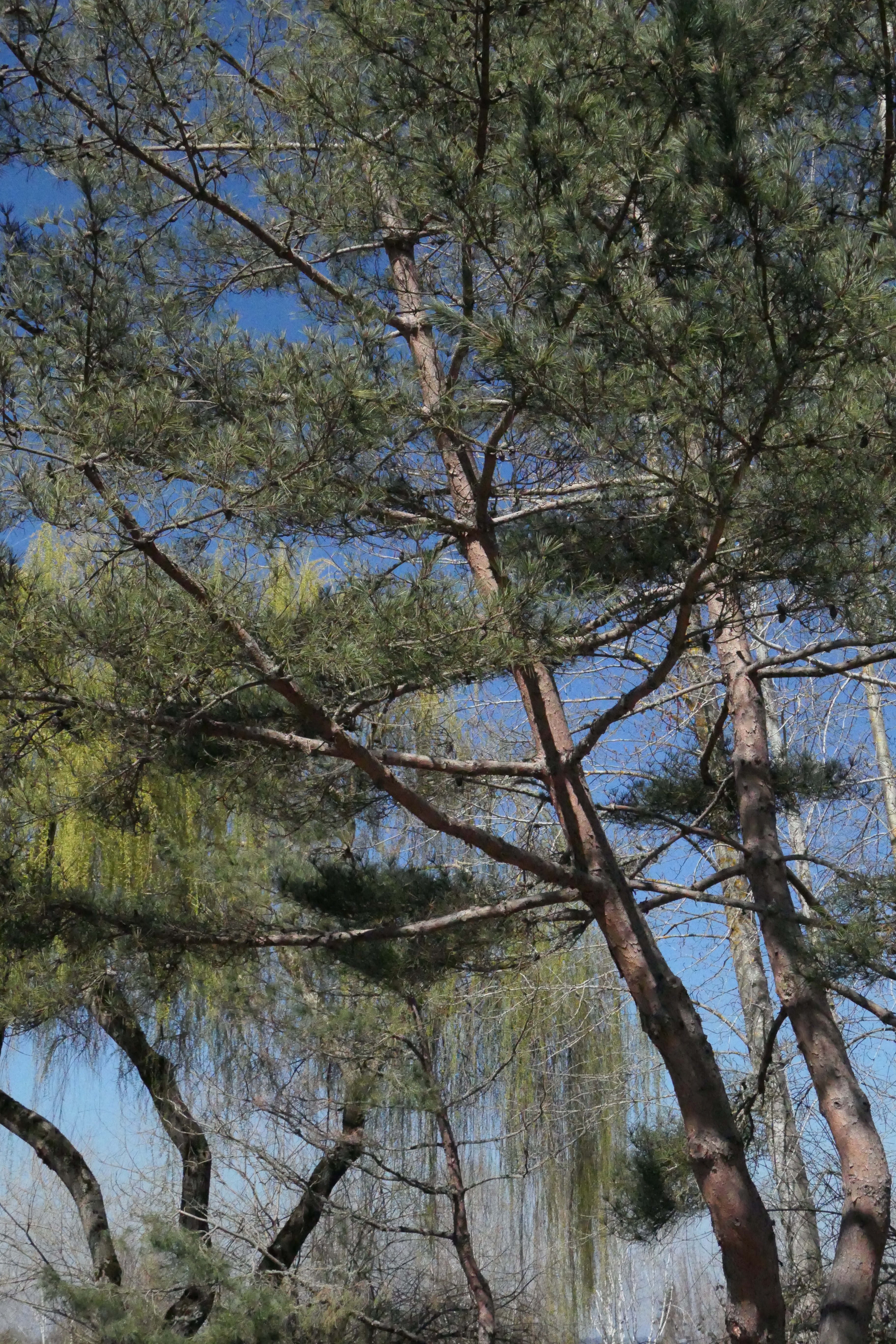I always know that I am starting to climb out of the emotional or physical hole du jour when sparks of longing fly in the direction of travel. And yesterday’s visit to a local garden surely set off visions of possible destinations.

I had not been to the Oregon Garden in Silverton since its opening some 18 years ago, even though it is a mere 50 minute ride from my house. The botanical garden sure has come a long way since its inception and is pleasant enough (particularly when you contend yourself with the fact that some of the garden “art” seems to elicit happy squeals at least from the short set.)

The garden, literally, came into existence because of a “big stink.” The rural community of Silverton failed to meet sewage regulations in the 1990s. At the same time the Oregon Association of Nurseries, one of the biggest industries in the state, was looking for a location to showcase their products, which needed, however, a lot of water. A rare match between public agencies and private industry was made:
Committees met, plans were drawn, acreage was acquired, bonds issued, checks written and before long the dream was realized. Today Silverton has new wastewater treatment facilities that send up to a million gallons of treated effluent to an array of more than twenty terraced and connected ponds that were excavated from a gently sloping 250 acre hillside. That network eventually delivers a limitless supply of treated irrigation to an 80 acre group of variously themed plantings that today make up the Oregon Garden. http://western.conifersociety.org/reference-gardens/the-oregon-garden/

The 80 acres are divided into some 20 specialty gardens, including one for the senses, one for kids, one that’s pet friendly, a rose garden, a fuchsia section etc. – you get the idea. The website informs about all of them, although their “what’s in bloom” section sadly lags some months behind.

Quite a bit was in bloom, as it turns out, and as with any spring visit to any garden, you got a good glimpse at the underlying structure of things, not yet obscured by color riots of strategically planted annuals, or waves of perennials. And the structure is solid, if, honestly, unexciting.

Except, except: They have an amazing collection of conifers, of all kinds, all heights, all countries of origin, amassed in a small area, showing off a tapestry of texture (full disclosure: that last term was provided by a gardener friend when I searched for words trying to describe the conifer convention.)

The tight spacing allows you to appreciate the variety of tree forms, needle shapes, colors. Spruce green is but the least of it.

Dwarf and miniature conifers are collected and tended with the help of the Western Region of the American Conifer Society (ACS) which has a continuing impact on the design of this garden.

There were more than 400 conifers already 10 years ago and a serious expansion was announced in 2013 – I could not find current numbers.

Clouds of pollen billowed from the trees when walking through them, looking like smoke, carrying my thoughts to more exotic sites of famous conifers.



Or what about this: back to my beloved Holland where you can find the most complete collection of Gymnosperms in the world at Pinetum Blijdenstein, a conifer botanical garden near Hilversum? http://www.pinetum.nl/?language=UK

Then again, the world’s largest natural maze beckons in Switzerland. The Evionnaz labyrinth is made from 18.000 (!) Thuja conifers….
https://whenonearth.net/get-lost-in-the-evionnaz-adventure-labyrinth-switzerland/

Open for suggestions! In the meantime we’ll listen to music by Sibelius celebrating the lakes and conifer forests of Finland. Photographs from the Oregon Garden.

Here is an OPB clip by Jacob Pander on the garden:https://www.opb.org/television/programs/artbeat/segment/oregon-garden-art-scultpture-collection/





